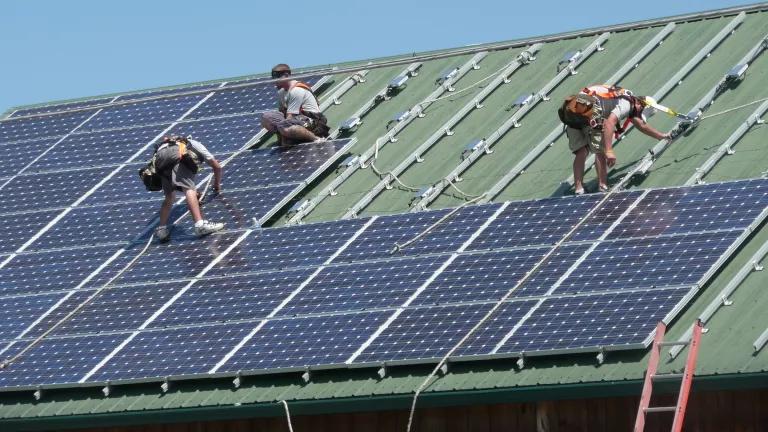Taking a Bite Out of the Big Apple’s Food Waste
NRDC is helping to transform New York City into a leader in the fight against food waste and a model for other cities around the country.

New York City is NRDC’s home base, and our work to cut waste started here. Since the 1980s we’ve helped secure the passage of a landmark 1989 recycling law (and protected it over the years), fought for waste equity, and pushed for aggressive waste-reduction goals. Most recently we were part of a coalition that helped enact legislation to systemically reshape the collection and handling of commercial trash—including food waste—to be safer, more sustainable, and more equitable. The new law will cut truck traffic and pollution, improve pedestrian safety, and enhance conditions for private sanitation workers, all in one fell swoop.
The city’s single-largest waste stream is organic matter, accounting for more than 25 percent of the waste hauled away by the New York City Sanitation Department. In the past decade, NRDC has increasingly advocated for the prevention of food waste, the recycling of food and yard scraps, and the rescue of surplus food.
With our partners, we’re making great strides to transform New York City into a leader and a model for other cities.
Prevention of Wasted Food
Measurement and education are the two best waste prevention tools.
- With support from the Rockefeller Foundation, NRDC completed a study in 2017 to assess food waste in New York City’s residences and businesses. The study analyzed the quantities and types of food wasted, as well as some of the causes of that waste, to provide insights on the best policies and programs to address the problem.
- Save the Food, our public education campaign, was rolled out to increase awareness and arm people with the tools to reduce waste.
Rescue of Surplus Food
We have also worked closely with our partners in the hunger community to help get more fresh food to New Yorkers in need.
- In 2017, with nearly 150 other organizations, we helped to pass a state-level farm-to-food-bank bill. Each year more than 100 million pounds of fresh fruits and vegetables go unharvested in New York State. Much of this produce is perfectly good but cannot be sold at retail value due to aesthetic imperfections or other market considerations. At the same time, more than 13 percent of New Yorkers struggle for consistent access to healthful food. This bill helps to cover the steep costs associated with harvesting, processing, and transporting crops headed to food banks. It makes donations a viable option for New York’s farmers—and gets more fresh food to hungry residents.
- As part of this effort, the state created a food bank tax credit, available to farmers for the first time on their 2018 tax returns. NRDC released resources to help farmers take full advantage and to help spread the word to other states about this powerful credit.
- NRDC also conducted a study of how much food could be rescued in New York City, Nashville, and Denver—part of our efforts to help these cities develop municipal food rescue systems.
Recycling of Food Scraps
NRDC has worked closely with the Sanitation Department and the City Council to make New York a leader in food waste recycling. We continue to push the city for further expansion of and investment in residential composting.
- In 2013—with the support of NRDC, then mayor Michael Bloomberg, and the City Council—New York passed two bills that jump-started residential and commercial composting. The first established a residential curbside food-waste collection pilot that today serves more than one million people, the largest program of its kind in the country. The second law requires that the city’s 350 largest food-waste generators send organic waste to compost or anaerobic digestion, instead of landfills or incinerators. This includes hotels with 150 or more rooms, stadiums with at least 15,000 seats, and large food manufacturers and wholesalers.
- We work with local public schools to shift from polystyrene trays to compostable plates—reducing pollution from polystyrene while supporting the city’s composting program.
Learn More
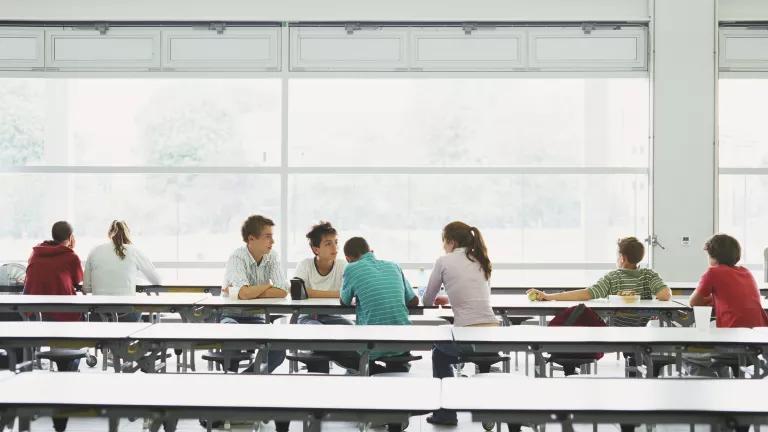
Getting a Better School Lunch
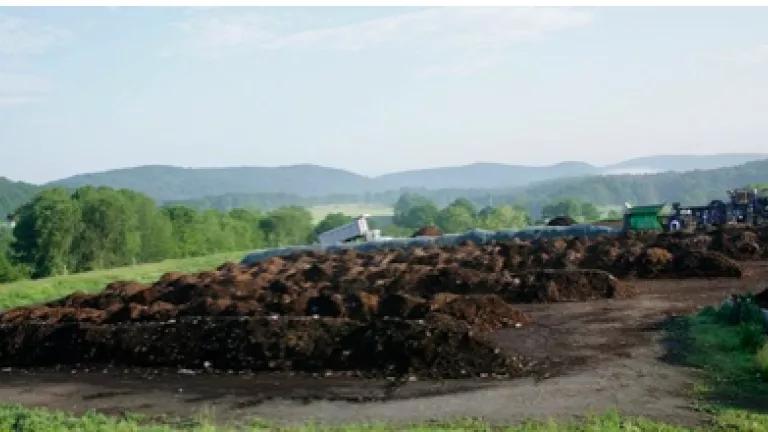
De Blasio Administration to Require Composting by NYC's Largest Food Waste Generators

New York State Passes Landmark Food Waste Bill
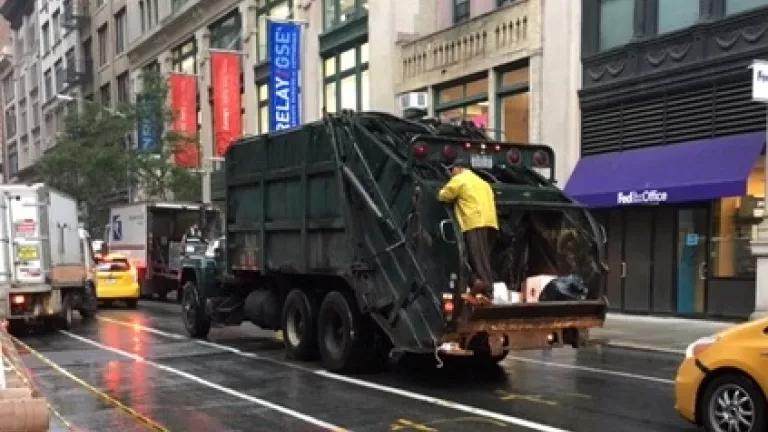
Big Changes Coming to Commercial Waste Handling in NYC
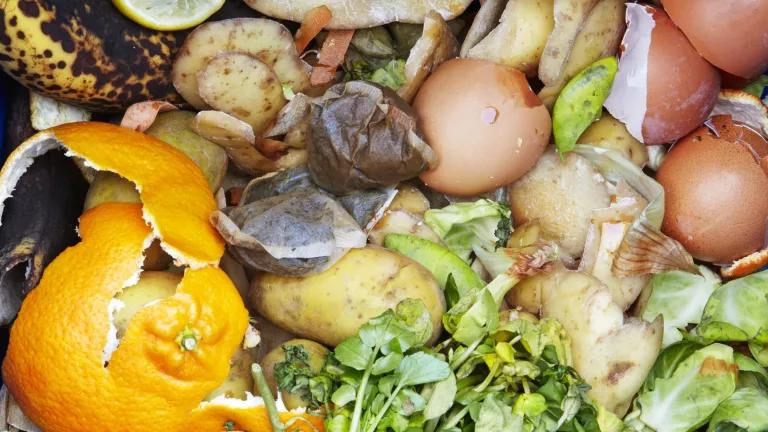
Composting 101

.jpg.jpg?h=44b879e5&itok=Mrg2EnX5)

